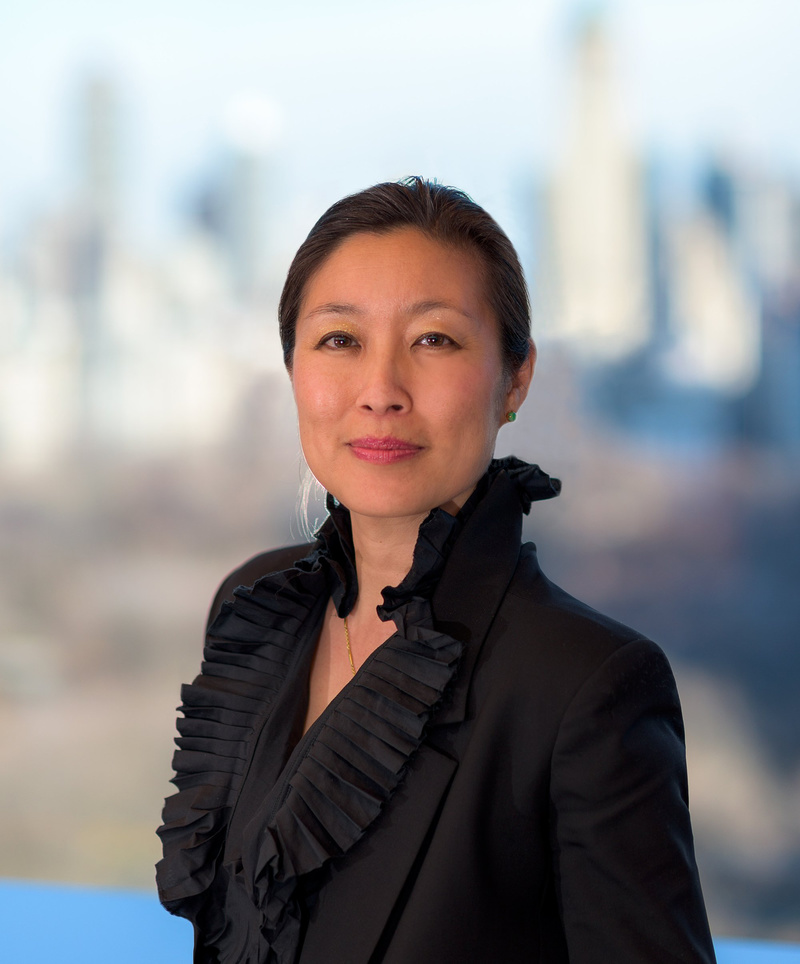Perennial Outsiders: Johnston Marklee’s Sharon Johnston on Taking Journeys and Expanding the Conversation

Sharon Johnston, FAIA, is founding partner of Los Angeles-based firm Johnston Marklee and Professor in Practice at the Harvard Graduate School of Design. Works by Johnston Marklee span thirteen countries and are diverse in scale and type. Recent projects include the Menil Drawing Institute in Houston; a renovation of the Museum of Contemporary Art Chicago; the new Dropbox global headquarters in San Francisco; and the new UCLA Margo Leavin Graduate Art Studios in Culver City. An upcoming collaboration with Christ & Gantenbein – the renovation of the Hauptbau at Kunstmuseum Basel – will involve museography and interior design by Johnston Marklee, with the aim of enhancing the museum’s porosity to further advance the museum into the civic realm. In 2019, Sharon was named Architectural Record’s Women in Architecture: New Generation Leader. Together with partner Mark Lee, Sharon was Co-Artistic Director of the 2017 Chicago Architecture Biennial.
Gamoline: What advice do you have for those starting their career? Would your advice be any different for women?
Johnston: The career arc of an architect is long and winding, and what lies at the very core of a practice when it is born and as it grows are relationships, which support and expand how and where one discovers opportunities to design. The importance of building skills and knowledge cannot be underestimated, and while it seems young practitioners are accelerating their exposure through the myriad of social platforms, taking it slow, being intentional with your output, and building the foundations of a career are still essential to be able to participate in the complexity of projects locally and globally through time.
It’s essential to build a community of like-minded colleagues and collaborators and exchange ideas across a shared platform, whether that be buildings, exhibitions, or teaching, among many other practice modes. I find that having a supportive community helps bring more voices to the table. Being intentional, direct, and collaborative is so essential to creative practice. I observe that women are typically good at harnessing diverse inputs towards shared goals and that these kinds of skills are shining more and more today.
Read the full interview where Sharon talks about dimensions of culture, a constellation of collaborators, and expanding our sense of humanity, advising those just starting their careers to build their communities.
Start to Finish: Related California’s Phoebe Yee on Leadership Styles, Holistic Experiences, and Staying Fresh

As Senior Vice President of Design for Related California, Ms. Yee leads the architecture and interior design for all market rate and mixed-income residential developments throughout California. She is responsible for the creative oversight and management of the planning, design and engineering of every market rate development, from concept and delivery to building opening. A registered architect and former vice president at international design firm, HKS Architects, Ms. Yee holds a Master in Architecture from the University of California, Los Angeles and a bachelor’s degree from Georgetown University. She is a recipient of the Asian Women in Business Corporate Leadership Award, former editor of the Dallas chapter American Institute of Architects newsletter, and served on the Urban Design Advisory Committee for the City of Dallas.
Gamolina: What advice would you give architects? And, how do you guys choose the architects that you work with?
Yee: The advice I give a lot is that communication is critical. Figuring out how to communicate clearly with your clients, and really understand – even if the client can’t quite articulate what their goals are, because they’re more intuitive or because they need to see things in order to respond – how your client operates. And then, if the client can’t see very clearly, try to help them help you in identifying what their goals are. One of the things architects sometimes do is that they start with the client and try to run with what they think our goals are, without checking back. It’s a constant, on-going, conversation.
One of the things architects might not see from the developer side is that it’s not that owners want to make random decision later and change their minds all the time – what happens is, because the lifespan of these projects is long, we are also constantly checking back with the market, and seeing what other things might have happened since we started the project, or maybe we learned things from the process of the project. We ourselves are constantly trying to check that what we’re going to build is still going to be relevant. And sometimes, we need to change course, because in two years for example, things change. Nothing is static.
Read the full interview where Phoebe talks to Julia Gamolina about being on both sides of the architect-developer relationship, and what she has learned for the best possible such partnership. She advises those starting their careers to set goals for the experiences they’d like to have, as opposed to the outcome of those experiences.





